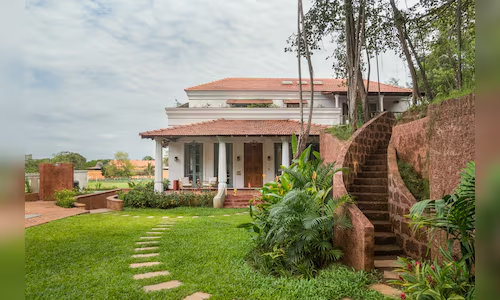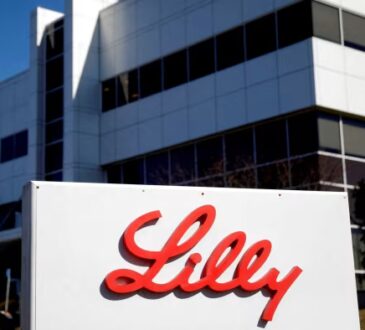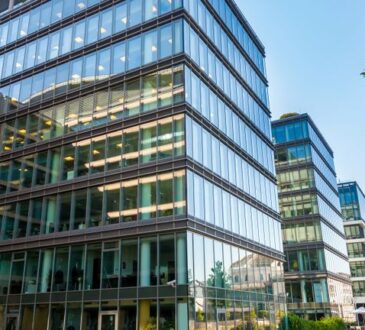
What began as a compliance-driven niche has now evolved into a financial and environmental strategy. This is also reshaping how investors, developers, and homebuyers value assets.
The change is visible across market segments.
A CREDAI–Colliers report notes that over 2 million residential units in India have now achieved green certification, while 61% of the country’s Grade-A office stock meets ESG or sustainability standards.
Developers say the shift is being driven by buyers’ awareness of operational savings and investors’ growing focus on asset resilience in the face of tightening energy norms and climate commitments.
“There has been a visible shift in demand toward sustainable real estate. Both developers and buyers are focusing on environmentally responsible construction practices and energy-efficient designs,” said Robin Mangla, President, M3M India.
“Sustainability has moved from being a niche preference to a mainstream expectation.”
Returns and resilience over quick gains
For investors, green buildings are proving to be more than just ethical choices—they are becoming financially sound ones. Sustainable properties, particularly those certified by IGBC or LEED, have shown occupancy rates of 80-90%, compared with 65-85% for non-certified peers.
Rental premiums, developers say, range from 10% to 18%, with long-term operational costs typically 20-50% lower due to water and energy efficiencies.
“Sustainable real estate delivers stronger lifecycle returns despite higher upfront costs,” said Saurabh Vohara, Founder & CEO, ALYF.
“Operational savings, tenant retention, and reduced obsolescence improve long-term asset value. In resale markets, green features enhance demand, especially in quality micro-markets,” he said.
While initial capital outlay is often 3-10% higher than traditional projects, experts argue that the payback period is relatively short, given the predictable maintenance expenses and lower risk of vacancy.
“Energy-efficient operations, lower maintenance costs, and better tenant retention contribute to steady value appreciation,” Mangla added.
The market’s shift is also psychological.
As Deep Vadodaria, Managing Director, Nila Spaces, observed, “The biggest challenge is not the concept but the market’s readiness to reward sustainability. Developers may face higher costs initially, but the real risk lies in not adopting it—non-green buildings could lose competitiveness and market appeal.”
Incentives and policy push
Regulatory tailwinds have added momentum to the sector.
Several cities, including Nagpur and Pune, offer property tax rebates of 5-20% for IGBC-accredited buildings, while states such as Maharashtra and Karnataka provide additional FSI/FAR or fast-track approvals for certified projects.
Financial incentives are also emerging at the retail level.
“Green buildings often qualify for preferential financing terms—many banks now offer ‘green home loans’ at concessional interest rates,” Mangla said.
According to Vadodaria, home loans for certified green buildings attract around a 10-basis-point discount, though he cautions that India “still needs a more robust and uniform policy framework.”
Raahil Reddy, Director, Fortune Primero, said the direction of policy is clear.
“Government and regulators are encouraging responsible building. These advantages will only grow as India aligns with its sustainability commitments,” he said.
Beyond rebates, developers say that future-proofing against regulatory tightening is itself a financial advantage.
Kiran Venugopal, Founder & CEO, Bricks & Milestones, pointed out that certified assets are “better positioned to meet evolving environmental regulations and avoid compliance shocks.”
Managing risks and expectations
Despite its appeal, sustainable real estate carries its own financial and execution risks.
Certification costs, evolving standards, and the need for specialised maintenance can strain project budgets. Market maturity also varies sharply across cities—Bengaluru, NCR, and Pune lead adoption, while smaller cities remain cost-sensitive.
“Financial risks include higher upfront capital and potential delays in payback if projected operational savings fall short,” said Vohara. “Policy changes can also affect incentives, while market perception may undervalue green features in the short term.”
Vishal Vincent Tony, Managing Director, Aratt Developers, added that approval delays for innovative designs and potential retrofitting needs as standards evolve could impact returns. “Still, energy and water efficiency can reduce operating costs by up to 50%, and maintenance costs are 20–35% lower over time,” he said.
The investor’s checklist
For first-time investors, experts emphasise caution and clarity.
The consensus: sustainability should be validated, not assumed. “Check for credible certifications like IGBC or LEED, understand the developer’s track record, and model lifecycle returns rather than sticker prices,” said Reddy.
Mangla agreed that investment discipline is key: “Evaluate the authenticity of green certifications and the project’s long-term cost efficiency. Balance sustainability goals with financial prudence.”
Venugopal added that sustainable projects “should be assessed for location fundamentals, tenant demand, and maintenance plans,” arguing that these factors determine whether the sustainability premium translates into financial performance.




